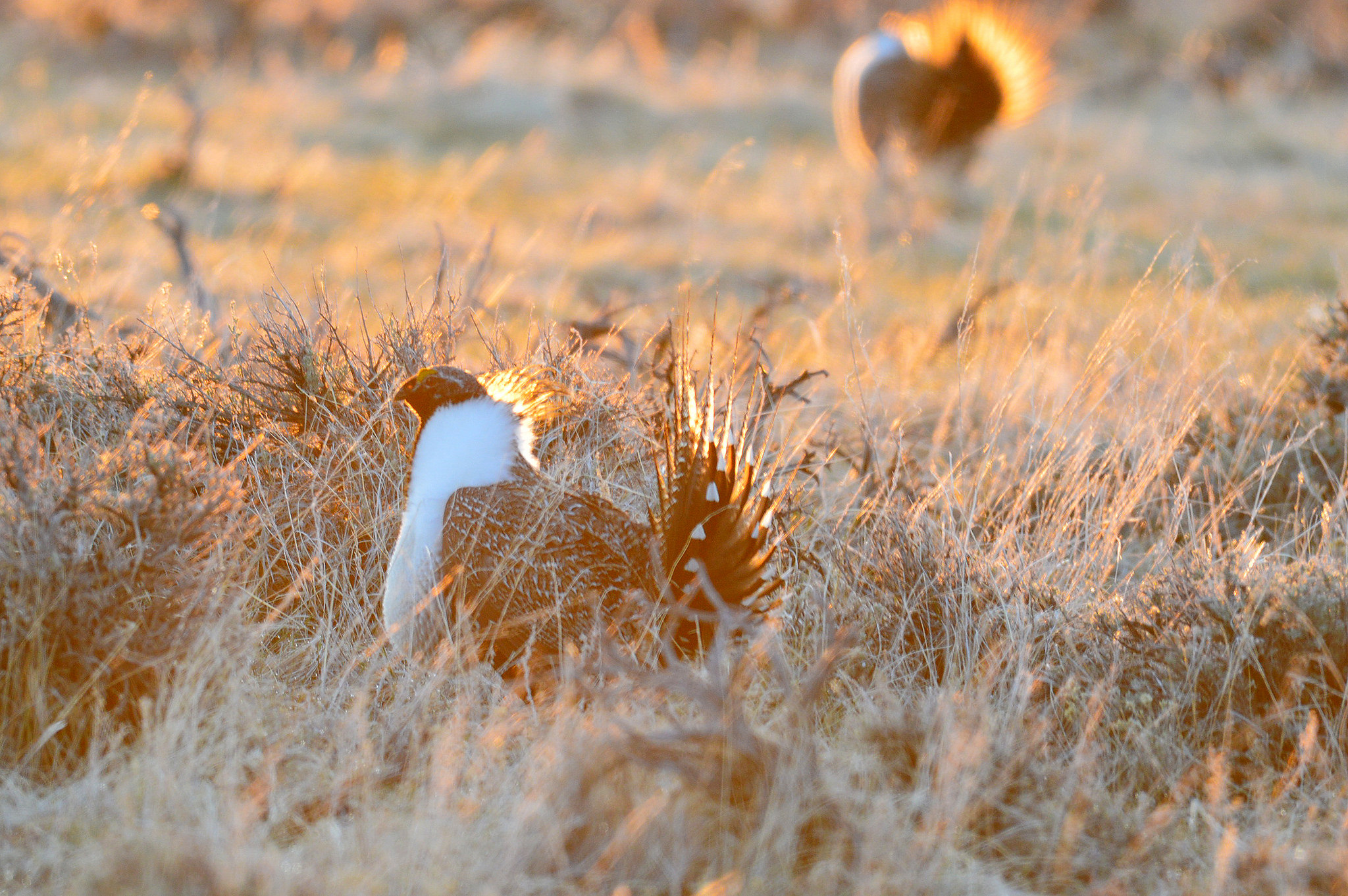To combat the world’s worst bout of wetland loss, we can’t afford to use just some of the tools available—especially when you look at where marsh projects will be in 50 years
To dredge or to divert?
That is the question many South Louisianans have asked over the last decade when considering the best approach to restoring and sustaining the imperiled wetlands of the Mississippi River Delta. Some residents, whose livelihoods depend on marine fisheries or a certain way of life, call for one solution over the other, but this has never been an either/or scenario for most coastal engineers and wetland ecologists trying to solve the world’s greatest wetland-loss problem. Here’s why.
Scaling Up Sediment Success
To give this world-class fish and wildlife habitat a fighting chance, it has always been recommended to combine approaches. Water containing floating sediment needs to be diverted from the Mississippi River into adjacent wetlands through gates built in the levees that protect New Orleans and communities north and south from floodwaters. At the same time, marshes, ridges, and barrier islands need to be rebuilt with sediment dredged from the Mississippi and other waterways.
However, some coastal residents have argued strongly against the diversions. Many of them are commercial fishermen, who are worried that redirecting freshwater into coastal estuaries will displace the shrimp and oysters they depend on for their livelihoods. They contend diversions are too expensive to construct and they don’t build land as fast as dredging. The toll that freshwater could have on their businesses means dredge pipes—and only dredge pipes—are the way to go.
Those arguing against diversions often look past the fact that in the handful of areas where the river is currently spilling into estuaries—the shallow lakes, bays, and marshes home to redfish, bass, speckled trout, countless forage fish, and wintering waterfowl—it is already building new land by dropping essential sediment into existing wetlands. In some places, that land-building process has been aided by the construction of small islands or a series of terraces, piles of sediment built to break wave action and encourage vegetation growth, placed in the diversion outfall areas to slow water flow and help the sediment drop out quicker.
Now, the engineers and wetlands experts preparing to build Louisiana’s largest controlled diversions are using these small-scale successes as a model for large-scale success upriver.
Borrowed Building Materials
Diversion designers and planners with Louisiana’s Coastal Protection and Restoration Authority (CPRA) have identified a dozen areas in the Mississippi River channel where sediment can be dredged and used to build land. A dredge in the river picks up sediment from “borrow areas,” then pipes and booster pumps move the material as far as 20 miles or more to build new marsh. The holes created by dredging the material are filled in again in as little as five years with additional sediment coming down river.
Many of the borrow areas are close enough to where diversions will be flowing into degraded marshes to allow for terrace construction in advance of diversion operation. The terraces can then help slow the river water coming from the diversion, causing the sediment to drop out quicker. Advanced modeling and historical analysis of river conditions has also helped planners determine the times of the year and flow rates when peak sediment loads are in the river, giving them a better idea of when the river’s land-building capacity is at its best. In general, those peak sediment events occur in the winter when the basins adjacent to the river have their lowest water levels.
Opening diversions at these peak conditions, combined with the construction of wave-breaking terraces, would maximize land building, while minimizing freshwater inundation and the impact to many saltwater species of fish and crustaceans.
Furthermore, when vegetation and marshes build on the terraces, those diversions will help them survive longer. Models show that subsidence—the natural sinking of land—and sea-level rise will work together to submerge those marshes built with no diversion near to supply sediment within 30 years. However, projects built in conjunction with diversion to feed sediment into the system are able to stay above the water line beyond 50 years, which is the furthest into the future that models can predict, according to CPRA officials.
Using diversions to deliver sediment into adjacent wetlands will always be part of any realistic approach to sustaining the Mississippi River Delta. It’s a reality that even the staunchest diversion opponents can’t change or escape. By using dredged sediment to build land in combination with sediment carried by water, diversion proponents and opponents can reach an outcome they both agree upon – the creation of essential fish and wildlife habitat as quickly and efficiently as possible.
That’s why the TRCP is working with Louisiana coastal restoration officials and other conservation groups to advance coastal restoration efforts like this. We’re supportive of developing a new plan for coastal restoration and hurricane protection that could see legislative approval in 2017. For more information about that plan, please visit coastal.louisiana.gov.











Great article, really informative. Thanks for the info!